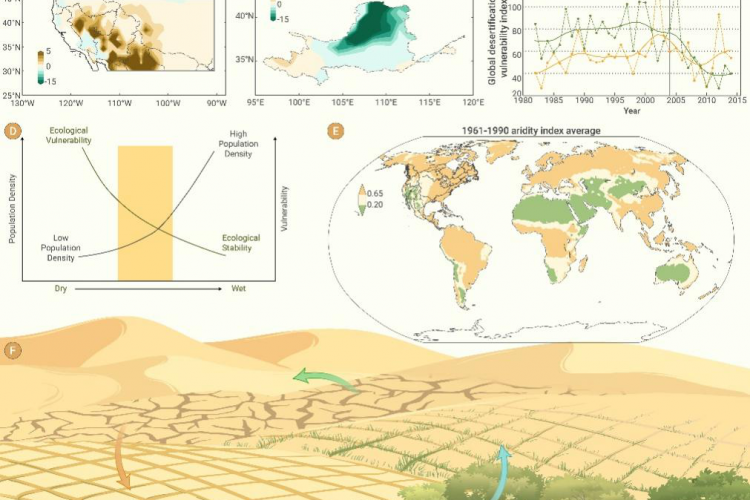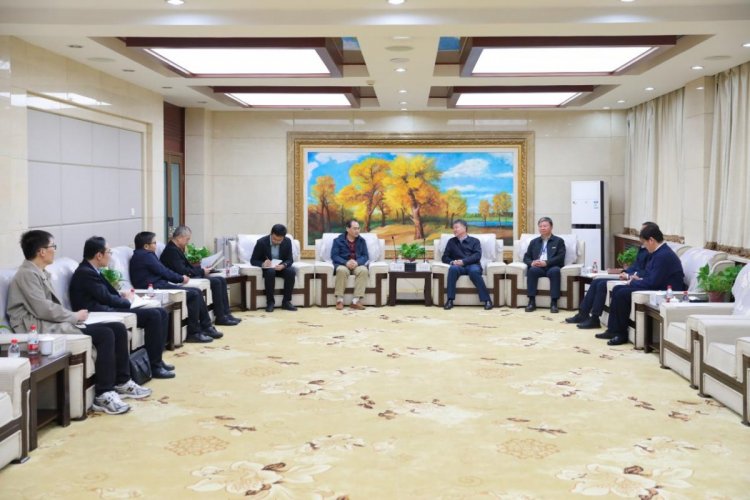Speaker: Prof. Shao Yaping, University of Cologne
Time: 10:00-12:00 a.m., December 6
Venue: Lecture Hall 322, Qilian Building
Abstract:
Human and Earth System Coupled Research (HESCOR) is a new project that centers on the question how the Human System and Earth System interact and influence human culture evolution. Through cross-disciplinary collaborations, we wish to address three big science questions: human origin, culture evolution and complex systems. Culture evolution has been a main subject in both the humanities and natural sciences, but huge divide separates these disciplines. Understanding the principles underpinning cultural evolution is challenging because the Human-and-Earth coupled system is extremely complex. Breaking new ground in this field calls for new and overarching innovative research. I will outline the HESCOR project. I will present the first results of the HESCOR initiative: the prediction of human dispersal in the Paleolithic. The Aurignacian culture is the first techno-complex related with certainty to Anatomically Modern Humans (AMHs) in Europe. Studies have shown that AMHs appeared around 43-42 kyr cal BP (before present) and then dispersed rapidly in Europe during the Upper Paleolithic. However, human dispersal is a convoluted process that is not well quantified. We provide for the first time a reconstruction of the Aurignacian human dispersal in Europe using the Our Way Model (OWM) which combines archaeological data with climate data using machine-learning techniques and uses the Human Existence Potential (HEP) as a unifying driver of the human population dynamics. Based on the OWM reconstructions, we identify the different stages of the human dispersal and analyze how human demographic processes are influenced by climate change and topography. A chronology of human groups with Aurignacian technology in Europe is provided, which is verified for locations where archaeological dating records are available. New insights into highly debated hypotheses are provided. Under external forcing, human system stability depends on the cultural carrying capacity. I will give an example based on our high-resolution OWM simulation.
Source: College of Civil Engineering and Mechanics




